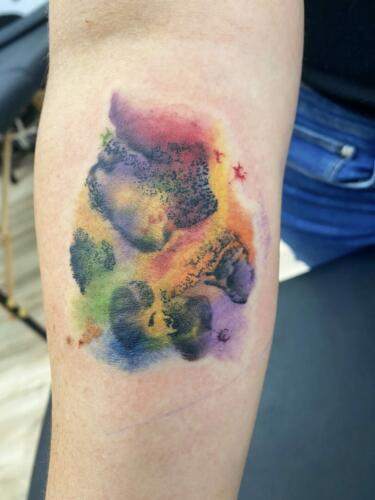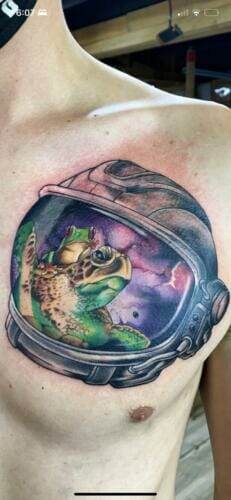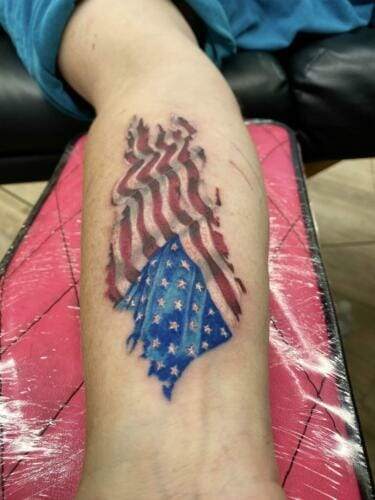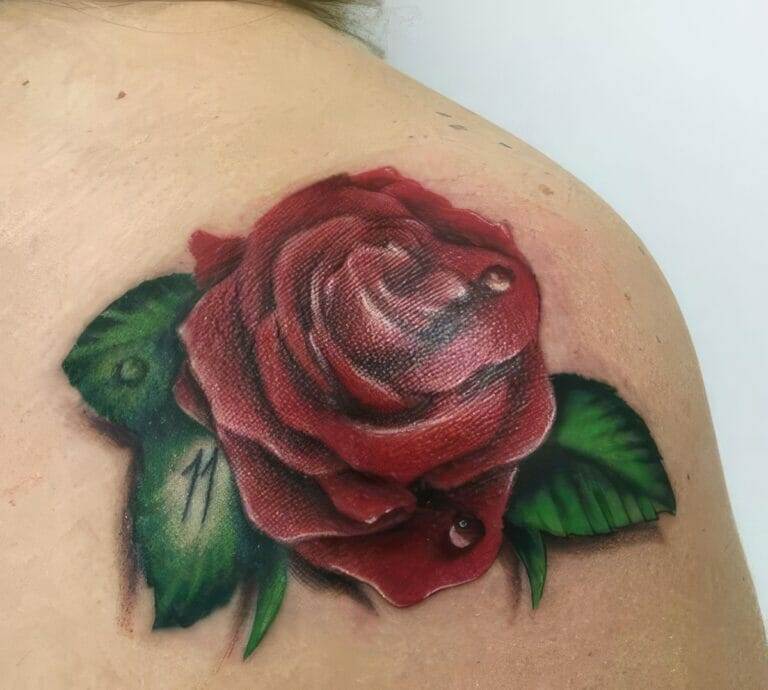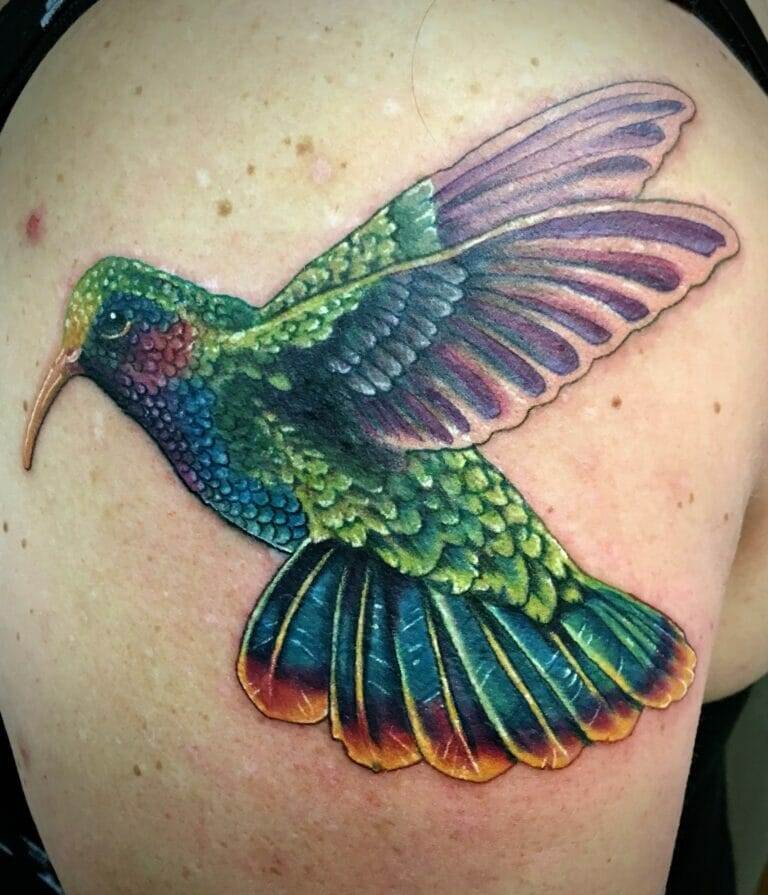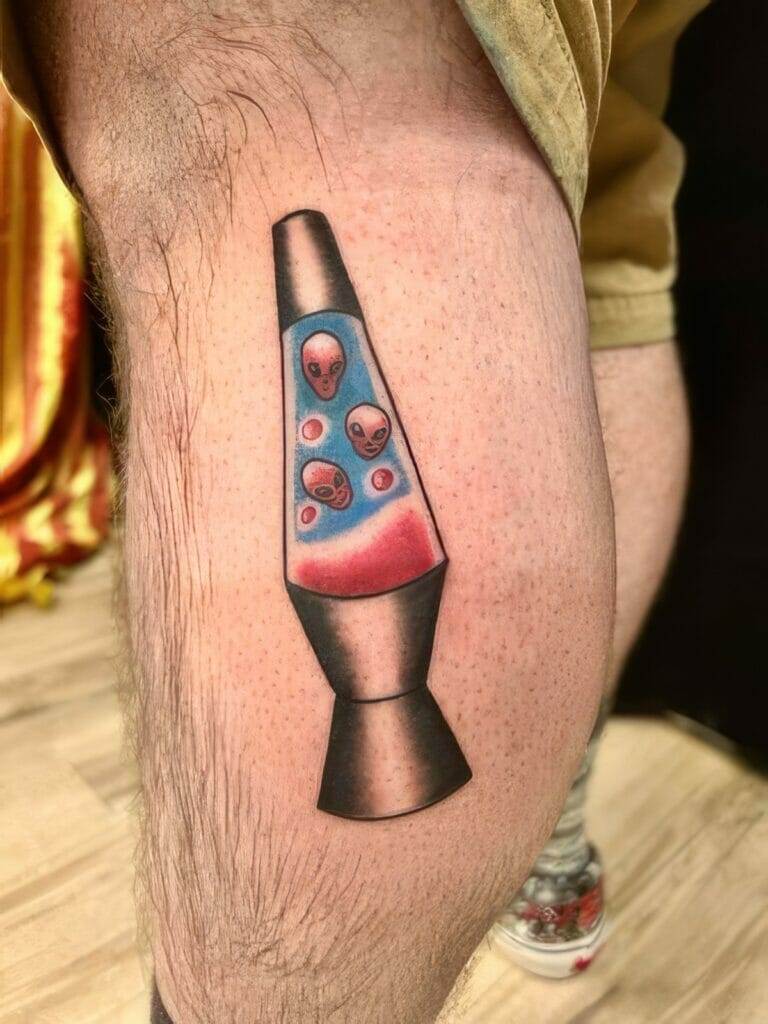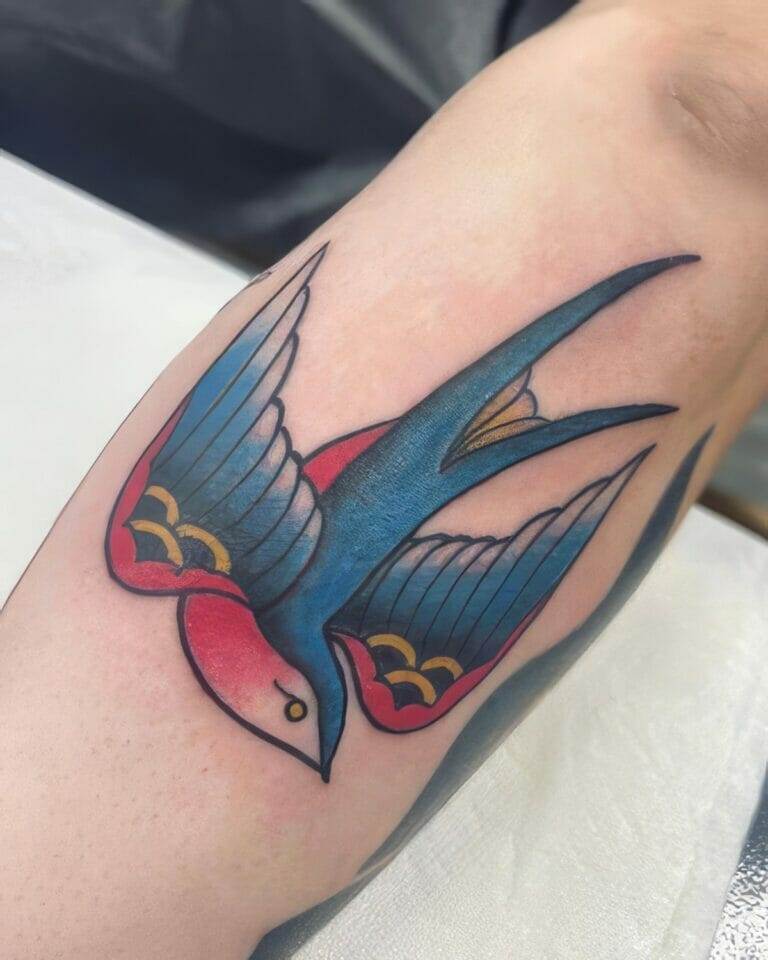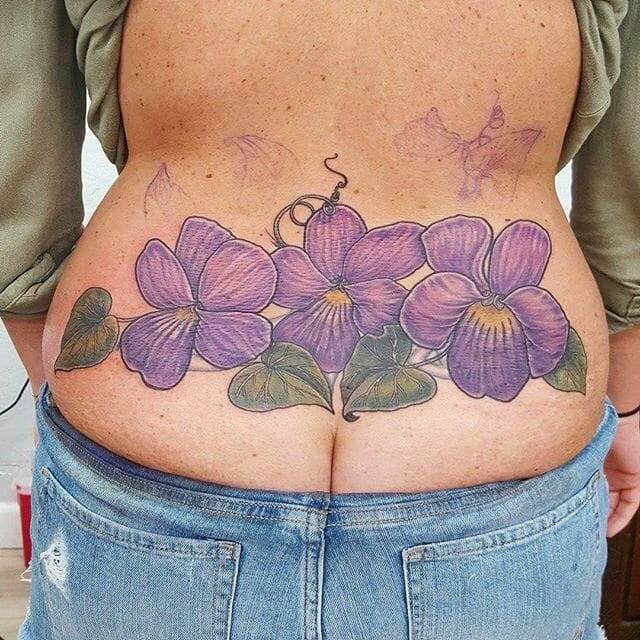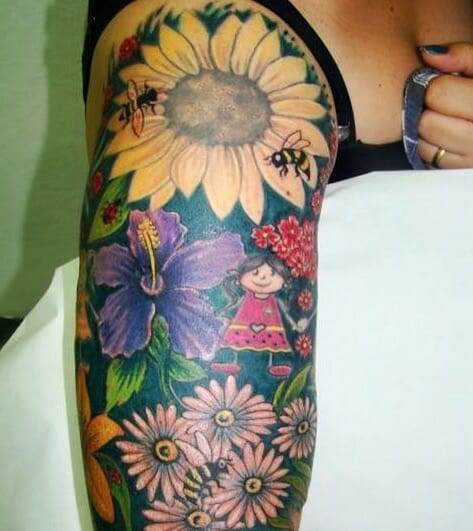
Tattooing has been practiced for centuries, with evidence of its existence dating back to ancient civilizations. Throughout history, tattoos have served various purposes, from cultural and religious significance to personal expression and identification. In recent years, a new style of tattooing has emerged and gained popularity – watercolor tattoos.
Watercolor tattoos are a unique and vibrant form of body art that mimics the fluidity and brushstrokes of watercolor paintings. This style of tattooing has captured the attention of many tattoo enthusiasts and artists alike, offering a fresh and innovative approach to traditional tattooing.
Understanding the Art of Watercolor Tattoos
Watercolor tattoos are characterized by their soft edges, blending colors, and lack of black outlines commonly seen in traditional tattoos. They often resemble a painting on the skin, with delicate brushstrokes and translucent layers of color. This style allows for a more organic and free-flowing design, creating a sense of movement and depth.
The use of color is a defining feature of watercolor tattoos. Artists often employ a wide range of hues, from pastels to bold and vibrant shades, to create a visually striking piece. Shading is also an essential element in watercolor tattoos, as it adds dimension and depth to the design. Artists achieve this effect by layering different colors and using techniques such as stippling or cross-hatching.
The Beauty of Watercolor Tattoos: A Unique Style
One of the main appeals of watercolor tattoos is their unique aesthetic. Unlike traditional tattoos that rely on bold lines and solid colors, watercolor tattoos offer a softer and more ethereal look. The absence of black outlines gives these tattoos a dreamy quality, making them appear as if they were painted directly onto the skin.
Watercolor tattoos also have a significant emotional impact on both the wearer and the viewer. The fluidity and delicate nature of the design evoke a sense of tranquility and beauty. These tattoos often convey a sense of freedom and individuality, allowing the wearer to express their personality and emotions through art.
Furthermore, watercolor tattoos are a form of artistic expression. They allow artists to showcase their creativity and skill by blending colors and creating unique compositions. Each watercolor tattoo is a one-of-a-kind piece of art, reflecting the artist’s style and vision.
How Watercolor Tattoos are Created
Creating a watercolor tattoo requires a different approach compared to traditional tattooing. Artists use specialized techniques and tools to achieve the desired effect. The process begins with a consultation between the artist and the client to discuss the design, placement, and size of the tattoo.
Once the design is finalized, the artist will transfer it onto the skin using a stencil or freehand technique. Unlike traditional tattoos, watercolor tattoos do not require a black outline. Instead, artists start by laying down the base colors and gradually build up layers to create depth and dimension.
To achieve the watercolor effect, artists use various techniques such as blending, stippling, and feathering. These techniques allow for seamless transitions between colors and create a soft and ethereal look. The use of different brushes, including flat brushes and round brushes, also contributes to the overall effect of the tattoo.
It is crucial to find a skilled artist who specializes in watercolor tattoos. Due to the unique nature of this style, not all tattoo artists are proficient in creating watercolor tattoos. It is essential to research and view an artist’s portfolio to ensure they have experience in this particular style.
The Versatility of Watercolor Tattoos
Watercolor tattoos offer a wide range of styles and designs, making them highly versatile. From delicate flowers to abstract landscapes, there are endless possibilities when it comes to watercolor tattoos.
One aspect that sets watercolor tattoos apart is their ability to blend seamlessly with the body’s natural contours. This makes them suitable for various placements, including the arms, legs, back, and even more unconventional areas such as the ribs or collarbone. The fluidity of the design allows it to adapt and flow with the body, creating a harmonious and visually pleasing composition.
Moreover, watercolor tattoos can be customized to suit individual preferences and personal meaning. Whether it’s incorporating specific symbols or incorporating personal elements, such as names or dates, watercolor tattoos offer a unique way to tell a story or commemorate a significant event.
Choosing the Right Design for Your Watercolor Tattoo
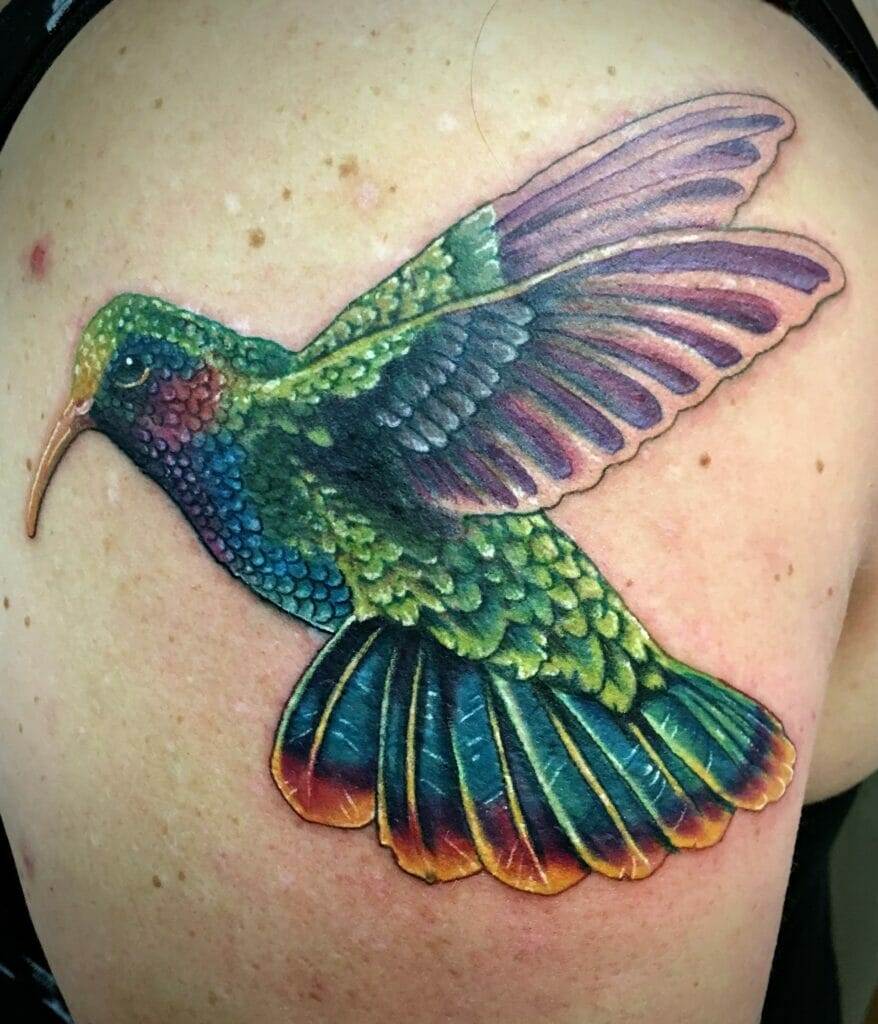
When choosing a design for your watercolor tattoo, several factors should be considered. Firstly, it is essential to select a design that resonates with you personally. Tattoos are a form of self-expression, and choosing a design that holds meaning or significance to you will ensure that you are happy with your tattoo in the long run.
Popular designs for watercolor tattoos include flowers, animals, landscapes, and abstract patterns. These designs lend themselves well to the fluid and vibrant nature of watercolor tattoos. However, it is crucial to remember that trends come and go, and what may be popular at the moment may not necessarily stand the test of time. Opting for a design that is timeless and meaningful to you will ensure that you continue to love your tattoo for years to come.
Consulting with an experienced artist is also crucial when choosing a design. They can provide valuable insights and suggestions based on their expertise in watercolor tattoos. They can help refine your ideas and create a design that suits your vision while considering factors such as placement and size.
Watercolor Tattoos and Skin Tone
Skin tone plays a significant role in how a watercolor tattoo will appear on the skin. Different colors may appear more vibrant or muted depending on the individual’s skin tone. It is essential to consider how the colors will interact with your skin to achieve the desired effect.
For individuals with fair skin, pastel shades and lighter colors tend to stand out more. These colors create a soft and delicate look that complements fair skin tones. On the other hand, individuals with darker skin tones may opt for bolder and more vibrant colors to ensure that the tattoo pops against their skin.
Consulting with an artist who has experience working with different skin tones is crucial. They can provide guidance on color choices and suggest modifications to the design to ensure that it will look its best on your specific skin tone.
Watercolor Tattoos vs. Traditional Tattoos: What’s the Difference?
Watercolor tattoos differ from traditional tattoos in both style and technique. Traditional tattoos typically feature bold lines and solid colors, often outlined in black. These tattoos have a more graphic and illustrative quality, with a focus on clarity and precision.
Watercolor tattoos, on the other hand, prioritize fluidity and softness. They lack black outlines and instead rely on blending colors and shading techniques to create depth and dimension. Watercolor tattoos have a more painterly quality, resembling a watercolor painting on the skin.
Both styles have their pros and cons. Traditional tattoos tend to be more durable and long-lasting due to their bold lines and solid colors. They also tend to age better over time, as the lines remain clear and defined even as the tattoo fades.
Watercolor tattoos, on the other hand, may require more frequent touch-ups to maintain their vibrancy. The lack of black outlines also means that they may blur or fade more quickly compared to traditional tattoos. However, watercolor tattoos offer a unique and visually striking aesthetic that cannot be achieved with traditional tattooing techniques.
The Healing Process of Watercolor Tattoos
Proper aftercare is crucial for the healing process of any tattoo, including watercolor tattoos. After getting a watercolor tattoo, it is essential to follow the artist’s instructions for cleaning and caring for the tattoo to ensure proper healing.
The healing timeline for watercolor tattoos is similar to that of traditional tattoos. Initially, the tattoo will appear red and swollen, and a thin layer of scabbing may form. It is crucial not to pick or scratch at the scabs, as this can lead to scarring or color loss.
During the healing process, it is essential to keep the tattoo clean and moisturized. Avoid exposing the tattoo to excessive moisture, such as soaking in pools or hot tubs, as this can prolong the healing process. It is also important to avoid direct sunlight and apply sunscreen to protect the tattoo from fading.
Maintaining the Vibrancy of Your Watercolor Tattoo
To keep your watercolor tattoo looking fresh and vibrant, there are several steps you can take. Firstly, it is crucial to protect your tattoo from the sun. UV rays can cause the colors in your tattoo to fade over time. Applying sunscreen with a high SPF to your tattoo whenever it is exposed to the sun can help prevent this.
Additionally, it is important to moisturize your tattoo regularly. Keeping your skin hydrated will help maintain the vibrancy of the colors and prevent dryness or flaking. Use a fragrance-free and gentle moisturizer recommended by your artist to avoid any potential irritation.
Lastly, touch-ups may be necessary over time to maintain the vibrancy of your watercolor tattoo. The frequency of touch-ups will depend on various factors, including how well you care for your tattoo and how quickly your skin naturally sheds cells. Consulting with your artist about touch-up options and scheduling regular appointments can help ensure that your tattoo remains vibrant for years to come.

A Watercolor Tattoo as a Work of Art
Watercolor tattoos have revolutionized the world of body art, offering a unique and visually striking style that mimics the fluidity and vibrancy of watercolor paintings. These tattoos have gained popularity due to their soft and ethereal aesthetic, emotional impact, and ability to showcase artistic expression.
Creating a watercolor tattoo requires a skilled artist who specializes in this style. The process involves layering colors, blending techniques, and careful attention to detail. It is crucial to choose a design that holds personal meaning and resonates with you, as well as considering factors such as skin tone and placement.
Proper aftercare and maintenance are essential for the longevity and vibrancy of watercolor tattoos. Following the artist’s instructions for cleaning and moisturizing the tattoo, protecting it from the sun, and scheduling regular touch-ups will help ensure that your watercolor tattoo remains a beautiful work of art for years to come.

